Raspberry Pi Miezaka
Nowadays, computers take more and more important places in our world. Being able to use them and to code are becoming two vital necessities for young employees of the future. However, access to those technologies depends on the financial income of the user. Computers still remain expensive for some people. It is mainly the case of the people in developing countries. As consequence, the majority of people in some parts of the world do not even know how to use computers. Conscious of that, the NGO Bilou Toguna located in Mali introduced Malinux Tele to some schools in that country. Malinux télé is a small computer box which possesses a lot of educational software. In fact, the inside of the box is a Raspberry Pi. It is a small and cheap computer which is sold as a circuit card. It looks like the photo below
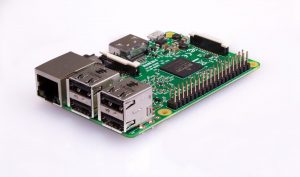
The objective of this NGO is to promote numeric education in Mali. Their works focus especially on kids. Therefore, the box that they made were designed to be resistant enough against accident with kids use.
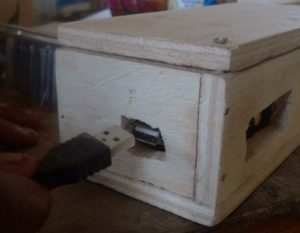

They included their own educative games inside these computers and some of it were made in Bambara (the local language in Mali). That allows the kids to learn from them directly. So, I worked for some months to document about Bambara which is the native language in Mali. So, I learned how to decode their works, modify their source codes and change the language in Malagasy (the local language in Madagascar). To do that, I had to document a lot, especially with the Bambara translation into Malagasy which are both languages that are very specific for those two respective countries. I used my own voice to do record the sound. I could test my own version of the game when I traveled in my grandparents’ village which is 268 km from Antananarivo. I tried to test with my little nieces and cousin to see how they find it.

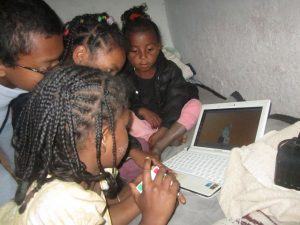
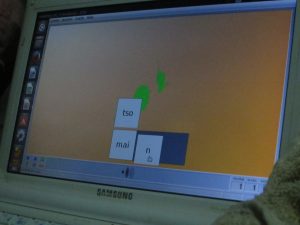
After testing, the main problem that I found was that electricity is one another thing to take in consideration. The raspberry pi could not work over there because there was nothing to plug it. The Malinux box was not designed to run in a place where there is no total access to electricity. That is how I came up with the idea of creating my own made raspberry pi based computer which can be solar powered. For that project, I used a 7″ HDMI screen display, old re-usable batteries, solar panel, power booster, and a battery charger. The cover was also made from water can like my previous projects! The following is one prototype that I made before leaving Madagascar. Even the week before, I came here to Lafayette, I still worked on this project!
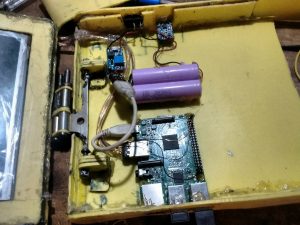
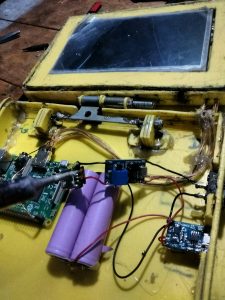
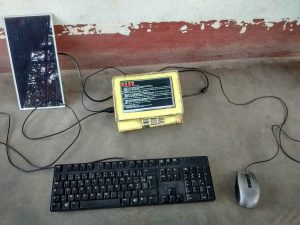
At the moment, my little brother is in charge of the project from there. Since I am far from home, my task is to think about a circuit model from here and prototype and share it with my brother. We hope to help students in the countryside from it.
Leave a Reply